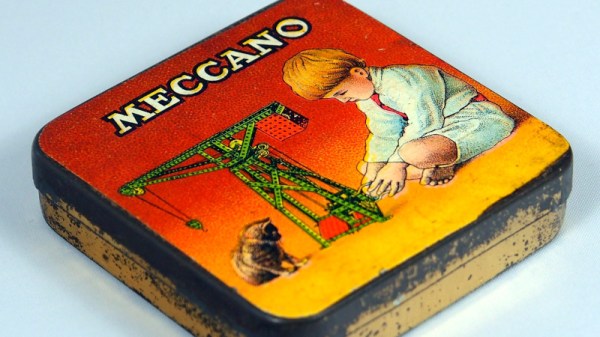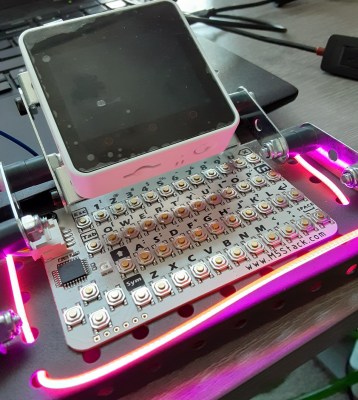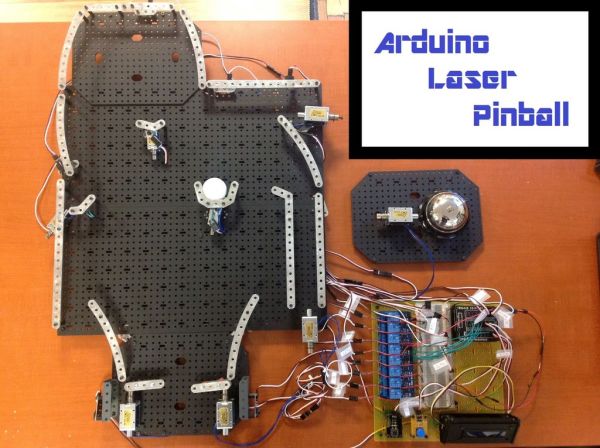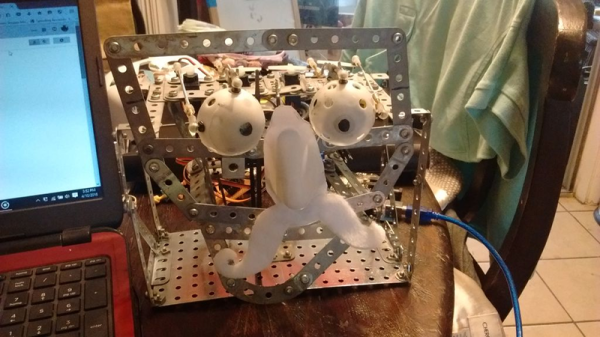If we were to talk to engineers about the childhood toys which most inspired them, it’s likely that the older among them would mention either Meccano or Erector Set. These similar construction toys using metal components originated independently around the turn of the 20th century in both Britain and America, and eventually became part of the same company.
They were a staple of toy shops through the middle of the century, but have steadily declined in popularity over the past few decades. Now news has emerged that the last dedicated Meccano factory, in Calais, France, is to close. The products will still be made, but in other factories alongside other toys. It’s not the end for Meccano or Erector Set, but it’s clear that they are both toys whose time may have passed.
It’s fair to say that the possibilities of those perforated metal sheets and myriad nuts and bolts might seem a little limited for the 2020s child, but it opens the age-old question of what remains to interest young minds in engineering or technology. The obvious answer to that question comes in the form of Lego, evidently so much more fun can be had with plastic bricks.
Did you have Meccano or Erector Set when you were a kid? If so what did you do with it? We’ve seen a few projects using it here over the years.
Header: Alf van Beem, CC0.

















